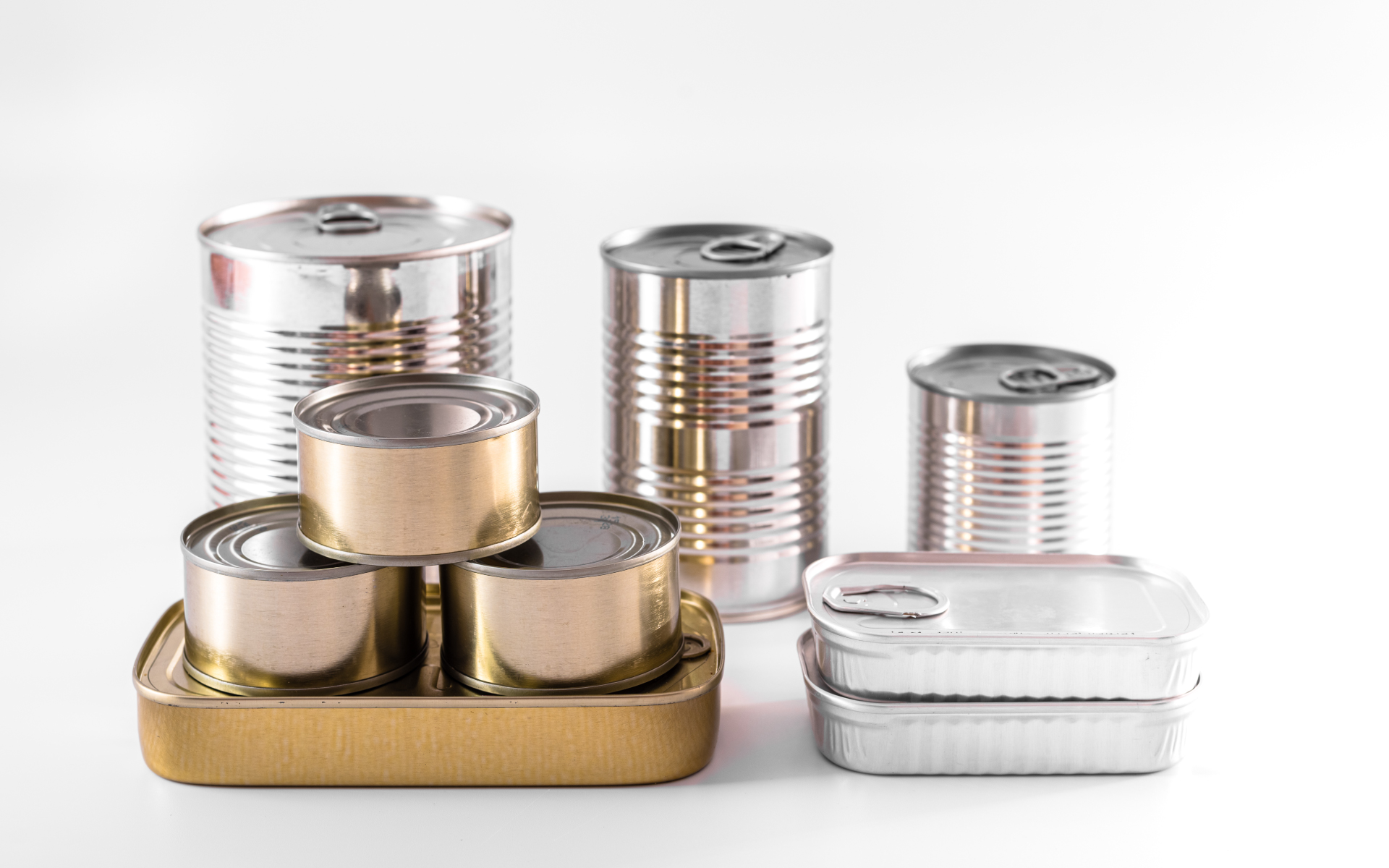Unfortunately, as concerns about BPA have grown, the chemical has increasingly been replaced by other bisphenols—including BPS, BPF, BPAF, and BPZ. Many of these alternative bisphenols, which are closely related to BPA, also appear to have similar toxicity. (Rochester, 2015)
The replacements chemical cousins to BPA are known as “REGRETTABLE SUBSTITUTIONS”
Phillippe Grandjean an epidemiologist at the University of Southern Denmark and a professor of environmental health at Harvard states:
“We have a history of substituting one hazardous chemical with another that may not be any better”
BPA and it´s cousins are oestrogen mimicking hormones.
- They almost resemble true oestrogen so are able to BIND and activate an oestrogen receptors (ERα) and (ERβ) present on most cells and cause biological effects. (Masuya, 2019), such as:
An increase in oestrogen levels occurs in the body (both men and women) and lead to many unpleasant symptoms or dis-ease. - Disrupts the feedback mechanisms in the hypothalamus-pituitaryovarian (HPO) axis, altering gonadotropin release and promoting ovarian dysfunction and reduced egg quality (Pan, 2024)
- Can induce hormone-like effects leading to endocrine dysfunction and adverse effects on female reproductive tissues and organ. Linked to diseases such as polycystic ovary syndrome (PCOS), uterine fibroids, endometriosis, diminished ovarian reserve (DOR), and hormone driven cancers. (Pan, 2024)
BPA free is a common claim on plastic items from reusable water bottle to food storage containers, canned foods and children’s toys.
When a chemical is banned only to be replaced with another chemical, it may be just as harmful or potentially worse! AVOIDANCE IS BEST.
Also research, by a team at Toulouse University revealed that BPS persists longer in the body and at much higher concentrations than BPA. The scientists involved in the study said their findings suggest that replacing BPA with BPS will likely lead to ‘increased internal exposure to an endocrine-active compound that would be of concern for human health’.
These BPA, F, S compounds are an oestrogen mimic (found in car exhaust fumes, cigarette smoke, pesticides, PCBs, linings of cans of food and drink etc), sits on oestrogen receptors of the body’s cells and has oestrogenic effects as mentioned in an earlier post (feminising males, causing erectile dysfunction etc). They are also NEUROTOXIC and have also been linked to asthma and heart disease.
Although France has banned plastic packaging containing BPA, the replacement form is still not considered toxic enough to remove from production so BE AWARE! It has not been banned in the UK.
https://www.packaginglaw.com/…/what-are-requirements…
https://www.compliancegate.com/bisphenol-a-regulations…/
Start thinking about how you store your food. Keep those glass jars and reuse them to store other items.
Heat causes the bisphenol to leach into food or water. Use glass or stainless steel for water to prevent absorbing these oestrogenic particles.
Storing fatty or acidic food (such as tomatoes) in plastic will increase the migration of chemicals out of plastics into food:
Heat
Oil
Acidity
Abrasion
Heating plastics in the microwave, or placing hot foods in them, can dramatically increase the amount of chemicals that leach into your foods (same as heat on water bottles). Similarly, oily and acidic foods (any kind of fat, tomatoes, vinegar based foods) can also increase migration, so avoid putting oily foods like soups into plastics.
Have you ever had a plastic food storage container that was stained orange after containing something made with tomato sauce? Usually these oily, acidic foods are added to storage containers when they are hot. You may notice the container is permanently stained orange. This also means that there are plastic molecules in your sauce.
HOW DO BISPHENOLS get DETOXIFIED by the BODY:
All bisphenol passes into the liver then into bile and out through your intestines or urine.
For the phase 1 part of detoxification certain enzymes help convert the bisphenol into another toxic element that is a little easier to pass through the system.
For phase 2 you are reliant upon a well-functioning glucuronidation or sulfation pathway (phase 2 pathways) OR excellent levels of GLUTATHIONE to excrete the end product.
How to help:
- Support the liver; eat quality foods high in glutathione
- Include as many fresh plant foods rich in natural antioxidants as you can.
- Ensure you are pooping daily (this means plenty of fibre from plant foods)
- Drink plenty of filtered water (with ginger/lemon is great)
- Avoid alcohol
Extra Research BLURB released Feb 22 –
Antioxidants 2022, 11(2), 413; https://doi.org/10.3390/antiox11020413
